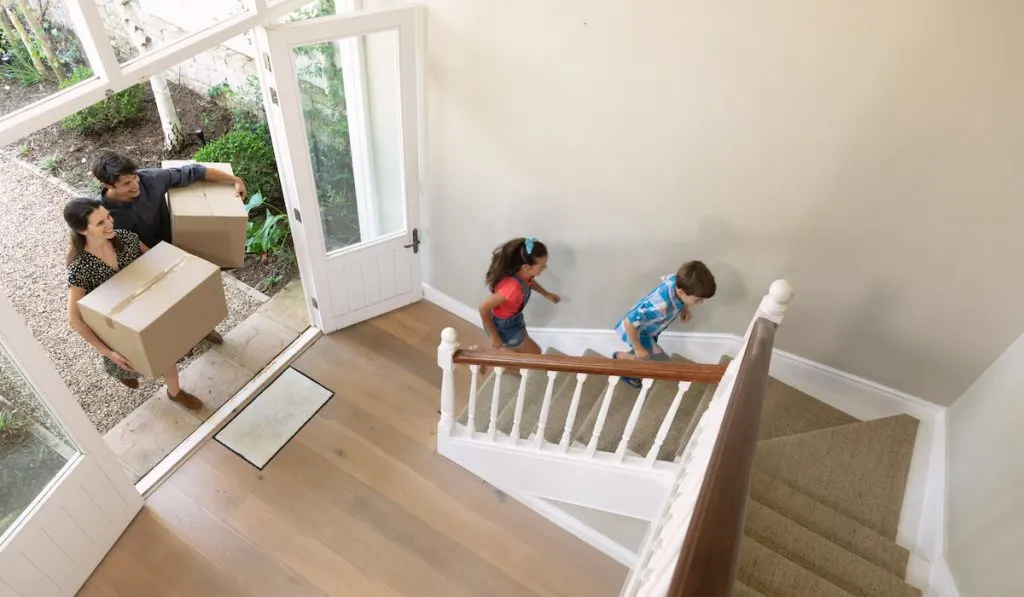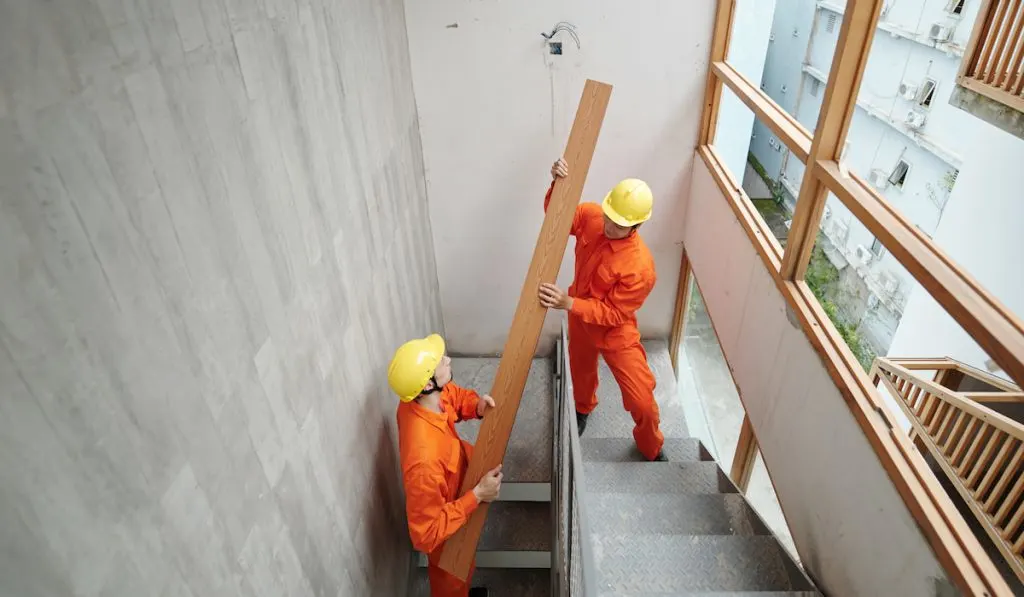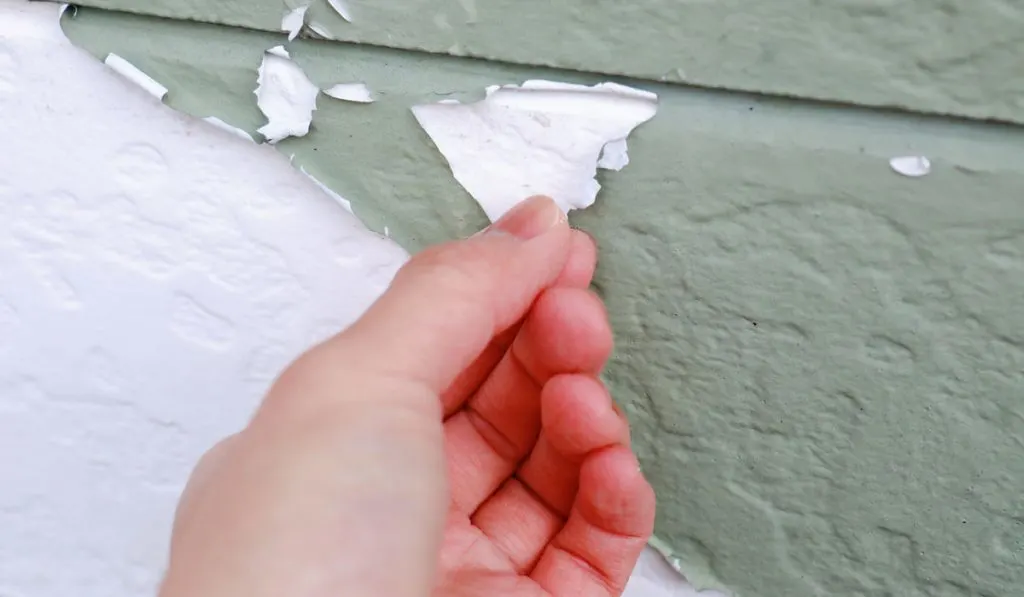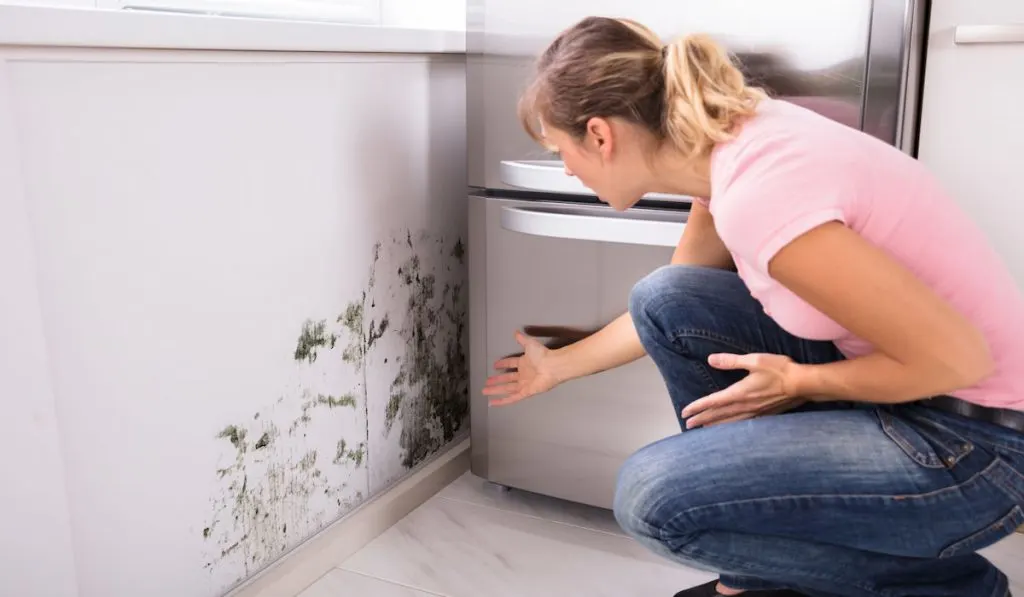Buying a new house should help you avoid many of the problems that come with age. However, just because you buy a new house, it doesn’t mean you’re problem-free.
Can new houses have mold?
One issue that surprises people is when they purchase a new construction home only to find mold inside their ducts or walls. While the chances of mold are less in a new house versus an older home, yes, it’s still possible.

The presence of mold sometimes boils down to the weather in the area, water damage, and how long the house was listed. For example, even though no one has lived in the house, mold can grow between when it was built and when you moved in.
New houses can certainly have mold. Here are some reasons mold grows in new construction homes and what you can do to resolve mold issues as quickly as possible.
Weather Is a Major Factor

Local weather and humidity levels impact mold growth. For instance, if you’re in a state like Florida, it’s much easier for mold to grow than in a drier area like Utah. The state where your home is makes a big difference.
Also, if your house is next to a lake, river, or other body of water, it increases moisture in the air even more. This increases the likelihood that mold grows during the construction stage and once the home is finished.
If you live where it rains a lot, mold will be more of a concern.
Steady rain has a habit of finding its way into houses no matter how new they are.
New Homes Need Breaking In

Buying a new home is always a fun experience because, typically, buyers get to choose from a list of custom features and floor plans to design the home of their dreams. Of course, everything’s new inside and usually in excellent condition.
One issue, however, is that no one has lived in the home, so you’re the person who is going to encounter all the problems that inevitably happen in a house.
There’s no guarantee that your new home won’t have mold. Even small amounts of water can trigger mold outbreaks. On the other hand, mold sometimes develops in just days, so whether your home is new or thirty years old doesn’t matter all that much.
One example is the first time your new house goes through a major rainstorm. Light rain may not affect your house, but who knows what will happen when it starts coming down hard. It can penetrate your roof or leak through windows and into your walls. Once that happens, it’s much easier for mold to grow.
Construction Errors Happen
What if the construction crew makes a mistake and exposes your house to mold during the build? It’s well within the realm of possibility for something like that to happen.

The good news is that the building company will usually come to take care of any mold problems once you notice them. The bad news is that the mold could be somewhere you can’t see, and you’re exposed to it for who knows how long.
Shoddy work quality can lead to leaks, open-air exposure, and other issues that increase the moisture in your house. In addition, if they use poor-quality materials, it could be more prone to mold outbreaks.
Mold Related to Your Foundation
The foundation is one of the biggest causes of mold in new construction homes. Typically, mold happens when vapor barriers and studs go in when the foundation is still wet. If you have a wet foundation, a vapor barrier traps the moisture inside, turning into mold on your walls and floors.
Unfortunately, it’s a lot to ask your regular homeowner to know what’s happening with basement studs and wet foundations, making it hard to spot the issue early. You’ll more often discover the mold after it has time to spread.
Mold Signs to Look for in a New House
Of course, the sooner you spot mold, the better. Long-term exposure can be harmful to people in the house, so it’s wise to understand the signs of mold outbreaks and take action quickly.
Here are some signs of mold you should watch for:
Musty Smells

Foul odors or musty smells are some of the first signs of mold. You’ll likely notice something is off without seeing any physical signs of mold. However, schedule an appointment with a mold inspector if you think you smell mold.
Stains on Walls and Ceilings
Stains or discoloration on your drywall is a sign of possible mold. Water damage usually leaves rings in the paint and drywall. Even if it feels dry to the touch, it could be wet inside your walls.
Soft Walls
Remember, you may not have been in the house yet when the water damage happened. The builder should report any water damage to you, but that’s wishful thinking. If spongy walls or drywall looks like it is or was once full of water, then you should be concerned about possible mold.
Peeling Paint

The paint should look fantastic in a new building. There shouldn’t be any cracked or peeling paint; if there is, you may have mold inside your walls.
How to Get Rid of Mold in a New House
Time is of the essence when handling any mold outbreaks. Exposure to black mold can trigger respiratory issues, so making repairs quickly is essential.

Some builders offer a home warranty for the first year if you move into a new house. If you have a warranty, call the provider and tell them what’s wrong. They’ll send someone to your house to inspect the mold and schedule repairs.
The most important thing is to uncover the extent of the mold and whatever is causing it. Usually, professional mold remediation is your best bet.
The Pre-Purchase Inspection is Critical
It’s easy to think that moving into a new home offers some type of grace period before you’ll run into problems like mold, burst pipes, or broken appliances. While this is true to some extent, mistakes happen, which is why getting a pre-purchase inspection is crucial.

The inspection is what you need for peace of mind before you move in. It will also save you a ton of stress and money by spotting problems early before the deal closes. You certainly shouldn’t sign any purchase agreement if there is a mold outbreak. Wait for everything to be fixed before you sign.
Final Thoughts
Whether you’re buying a brand-new house or moving into an old brick home, buyers should discuss the inspection results with their agent before moving ahead. If escrow still hasn’t closed, you have room to negotiate with the builder.
No house is perfect. New homes should be in great shape because the builder’s reputation rides on their ability to deliver new, quality houses to their clients. There is a good chance you can get a decent response from them if you spot a mold outbreak soon after you move in.
However, if it’s been weeks or months, you shouldn’t expect the company to pay for mold outbreaks. Once the inspection is over and you sign the dotted line, you’re responsible for the house and any problems that come up.
Resources
- https://www.restorationlocal.com/mold-in-new-home-construction/
- https://www.probuilder.com/do-new-construction-homes-have-mold
- https://www.greenhomesolutions.com/lancaster-pa/can-a-new-house-have-mold/
